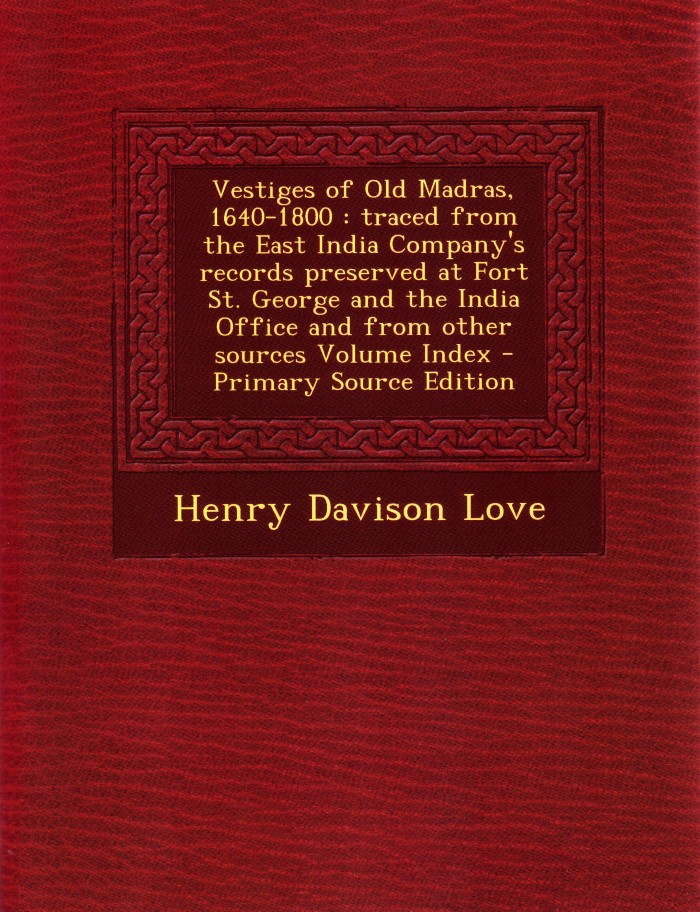
Despite living in the East Indies for nineteen years, Captain Thomas Bowrey remained aware of the political situation at home. He delayed his return home once when the news of the death of Charles II reached India. He understood that the accession of Catholic sympathiser of his brother, James, to the throne had the potential for unrest in the country. When he finally arrived back in England in 1689, he learned that the so called Glorious Revolution had taken place whilst he was on board the Bengal Merchant.
The Britain After the Glorious Revolution 1689-1714 edited by Geoffrey Holmes is perfectly placed to through light on the country to which he returned for the last twenty-four years of his life. The book’s format is ten essays on different aspects of the late seventeenth and early eighteenth century British history with an introduction by Holmes. The major aspects of the social and religious life of the period are covered and many of the essays touch on important aspects of Bowrey’s life including shipping, the South Sea Company and the union between England and Scotland in addition to events that affected him and his business such as trade, the press and the wars of the time.
T C Smoult’s The Road to Union and the final essay have been particularly useful for me. The subject of the latter is Robert Harley, first Earl of Oxford, in whose papers some of Bowrey’s proposals survive. They were probably introduced by Daniel Defoe who shared many of Bowrey’s trade interests.


